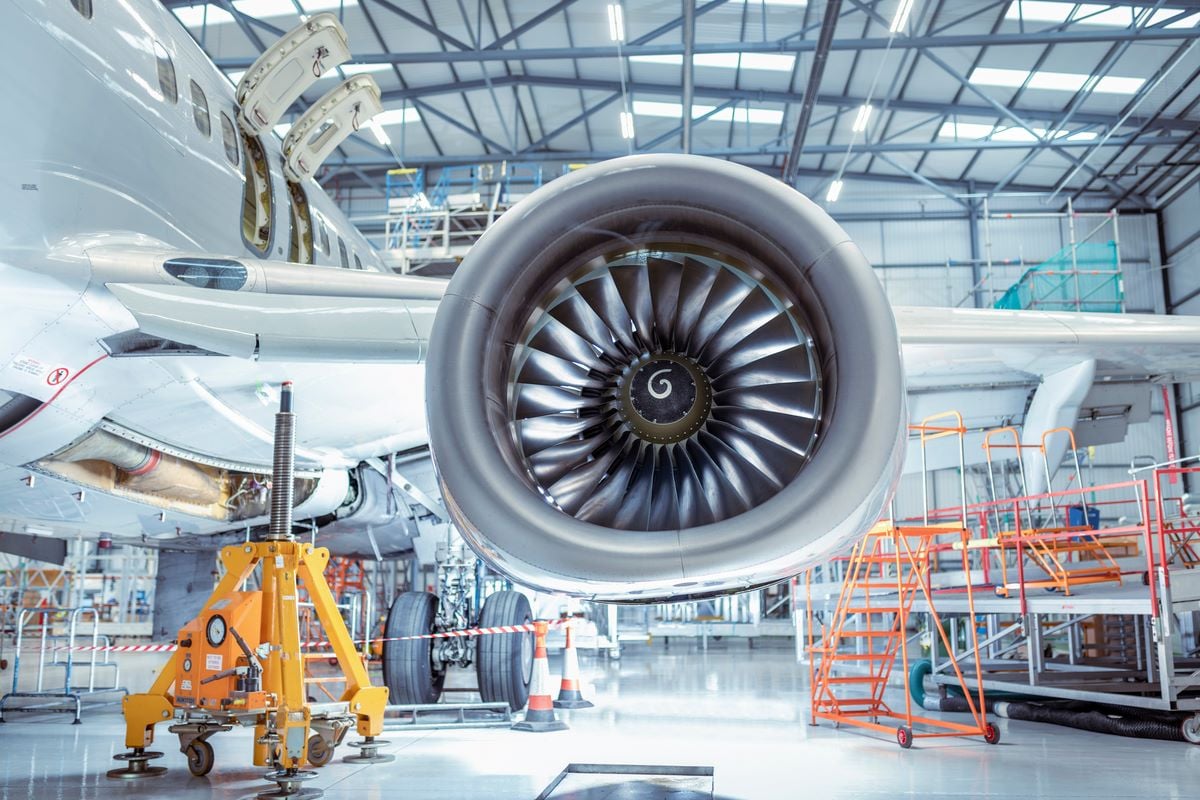
AeroGenie — Votre copilote intelligent.
Tendances
Categories
Air Canada Grounded by Strike, Withdraws Financial Guidance
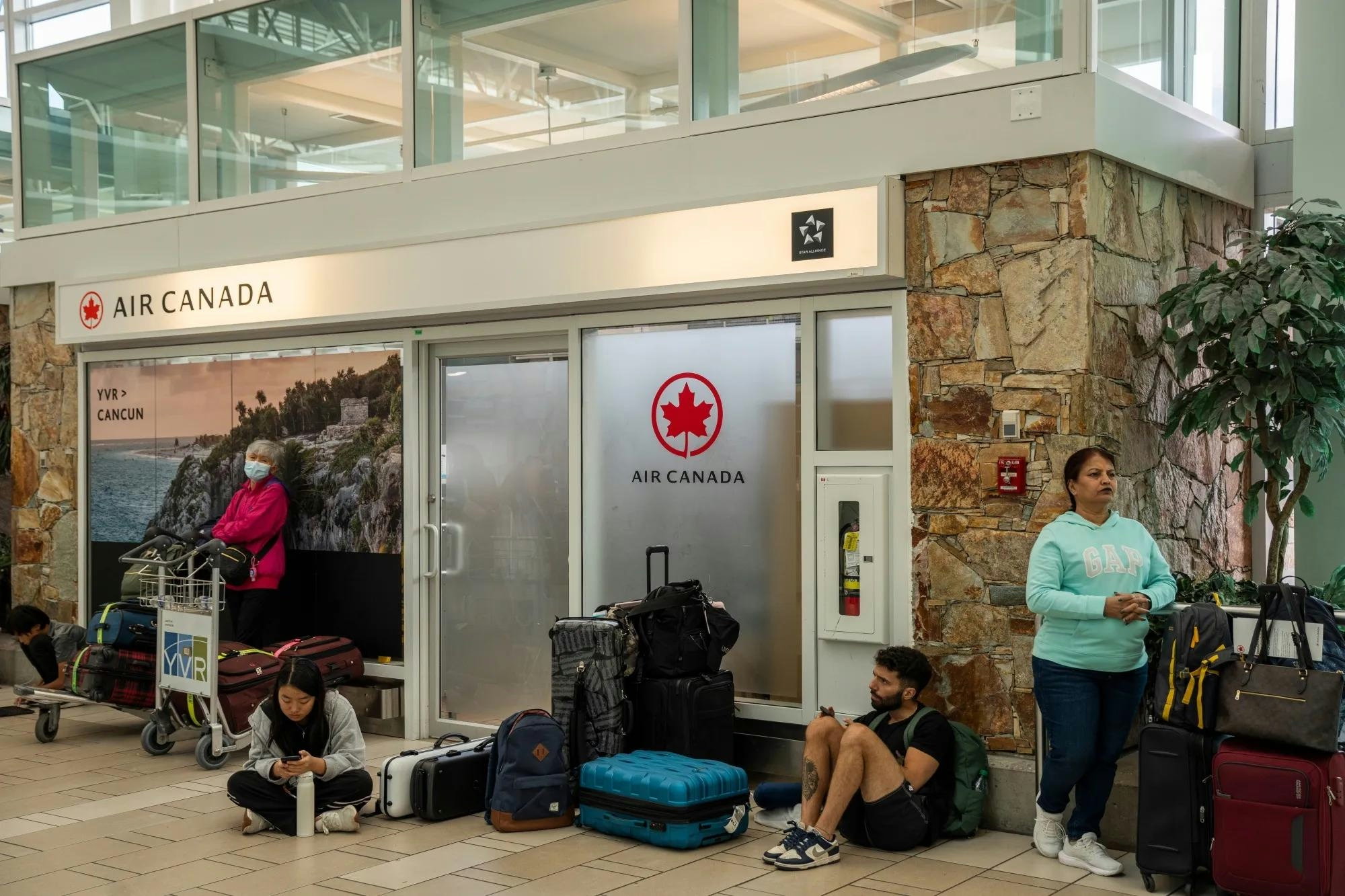
Air Canada Flight Operations Disrupted by Cabin Crew Strike
Air Canada has been forced to ground its mainline and Air Canada Rouge flights following a strike initiated by its cabin crew, represented by the Canadian Union of Public Employees (CUPE). The industrial action began on August 16, with flight attendants demanding wage increases that reflect their safety responsibilities and meet or exceed industry standards. Negotiations over pay have reached an impasse, resulting in a network-wide grounding that has persisted for three days.
Despite an order from the Canada Industrial Relations Board (CIRB) declaring the strike unlawful and instructing CUPE leadership to call members back to work, the union has defied the directive. This refusal has extended the disruption, leading to the cancellation of hundreds of flights daily. The strike has affected approximately 130,000 passengers each day, with an estimated total of 500,000 impacted over the weekend.
Financial Impact and Labour Relations
In response to the ongoing strike and the resulting operational uncertainty, Air Canada has suspended its financial guidance for both the third quarter and the full year of 2025. The airline had previously reported a CAD418 million (USD302.7 million) operating profit for the first half of 2025, with a 7.4% operating margin. The suspension of guidance underscores the significant financial strain caused by the labour dispute.
The collective bargaining agreement between Air Canada and CUPE expired on March 31, 2025. Following the strike’s onset, the CIRB mandated an extension of the agreement’s terms from April 1 until a new contract is negotiated. CUPE has criticized the government’s intervention, accusing it of siding with Air Canada to suppress the strike. Candace Rennick, CUPE’s national secretary-treasurer, condemned the government’s actions as a misuse of power, highlighting the predominantly female workforce’s struggle for fair wages and improved living conditions. The union has warned that failure to resolve the underlying issues will exacerbate tensions.
While the strike has grounded Air Canada’s mainline and Rouge operations, regional flights operated by Air Canada Express through Air Canada Jazz and PAL Airlines have continued without interruption. Together, Air Canada and its subsidiaries operate a fleet of 256 aircraft.
The airline has not provided a timeline for the full resumption of services but plans to gradually restore operations as cabin crew comply with the CIRB’s order to return to work.
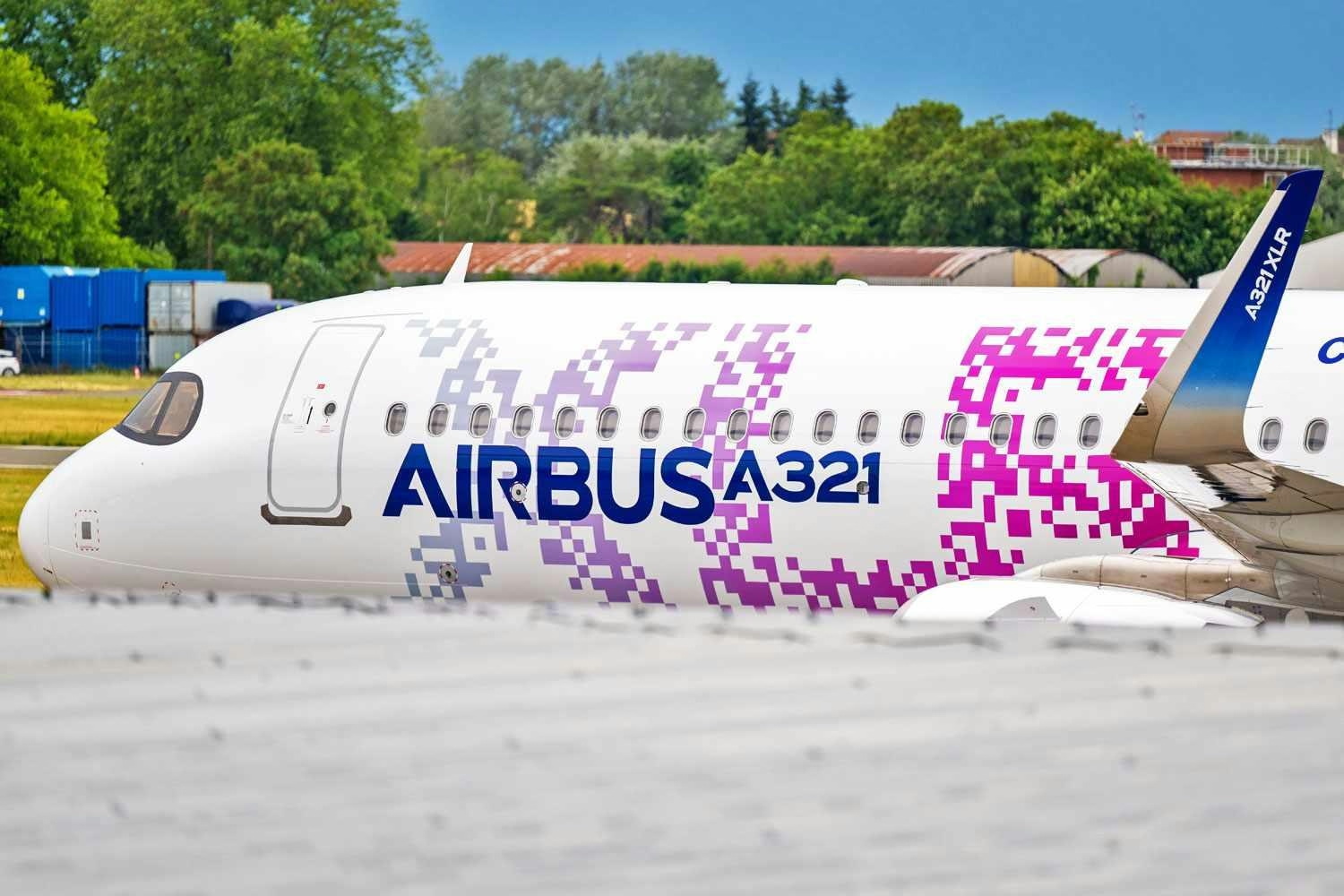
LATAM Confirms Order for Airbus A321XLR Jets
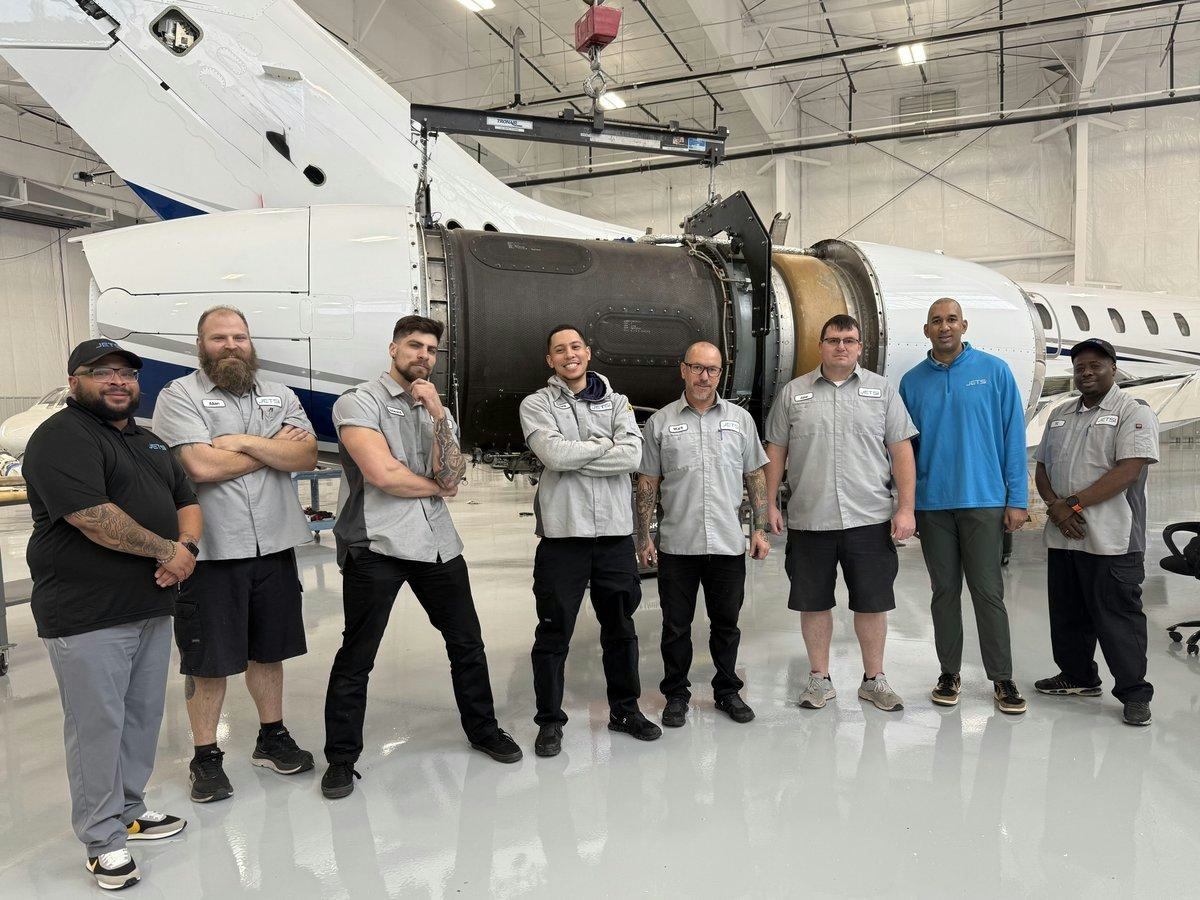
ExecuJet MRO Services Renews FAA and African Certifications

SalamAir Signs Heavy-Maintenance Agreement with Joramco

STV Forms Engineering Partnership to Advance Modern Aviation
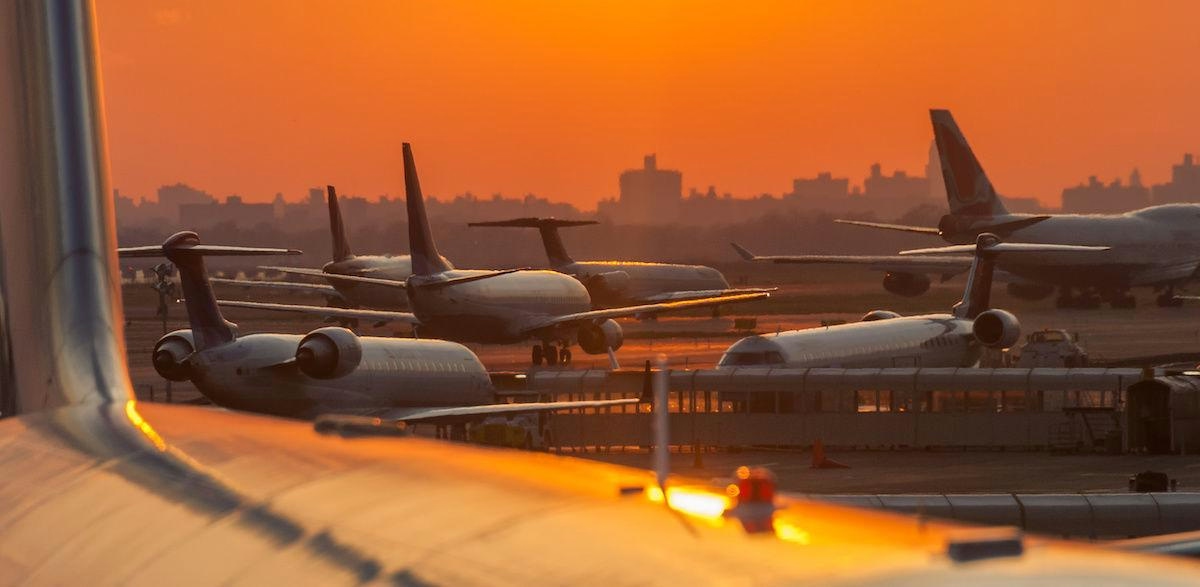
Sabre Introduces AI Chat Solution for Airlines
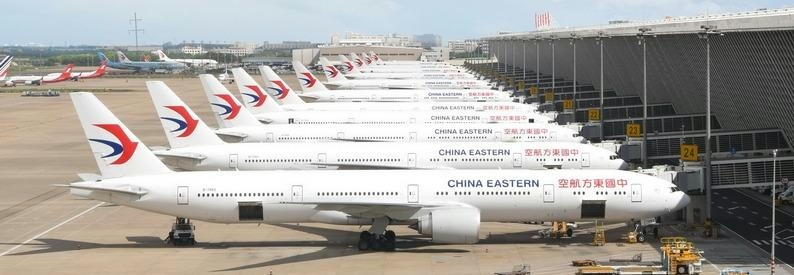
China Eastern Airlines to Pay $96 Million for STARCO Buyout
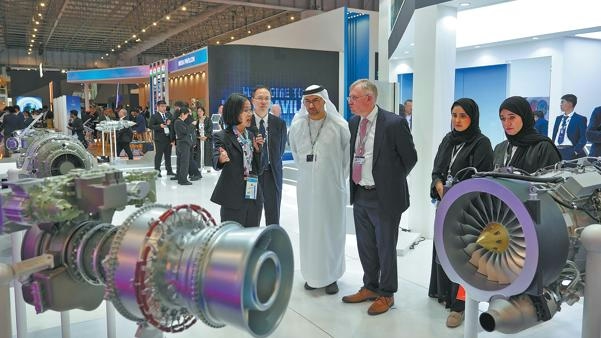
Chinese Innovations Take Center Stage at Dubai Air Show
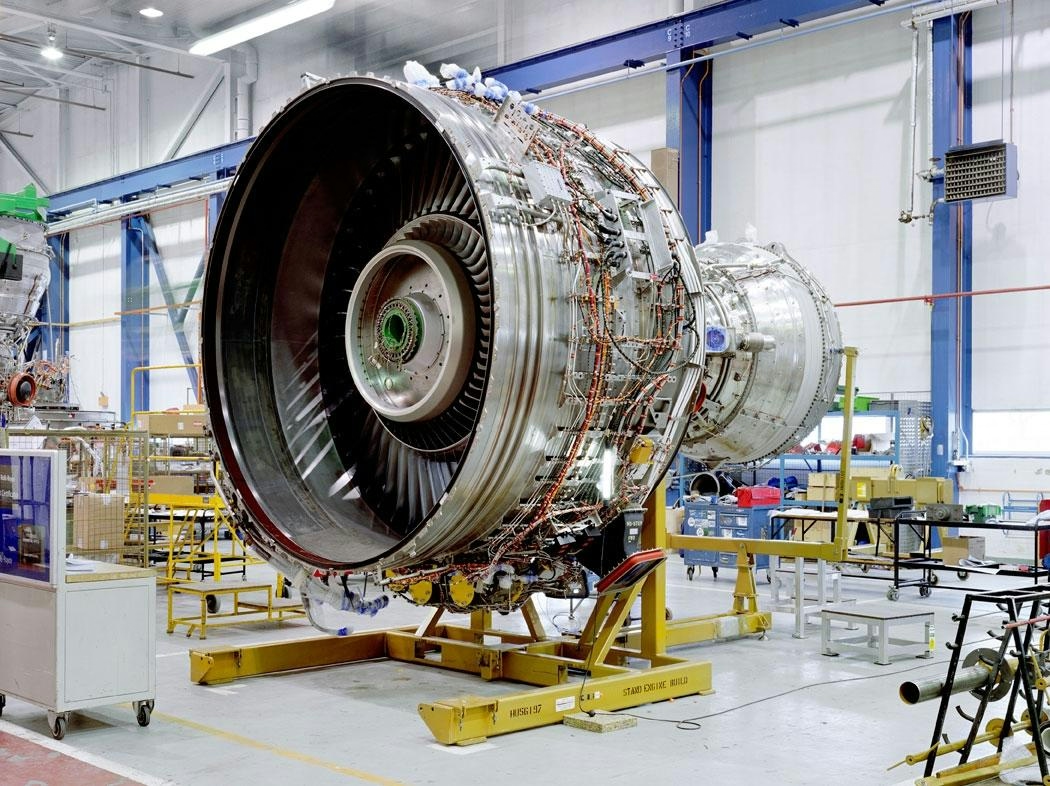
Emirates to Handle Part of Trent 900 Engine Maintenance In-House
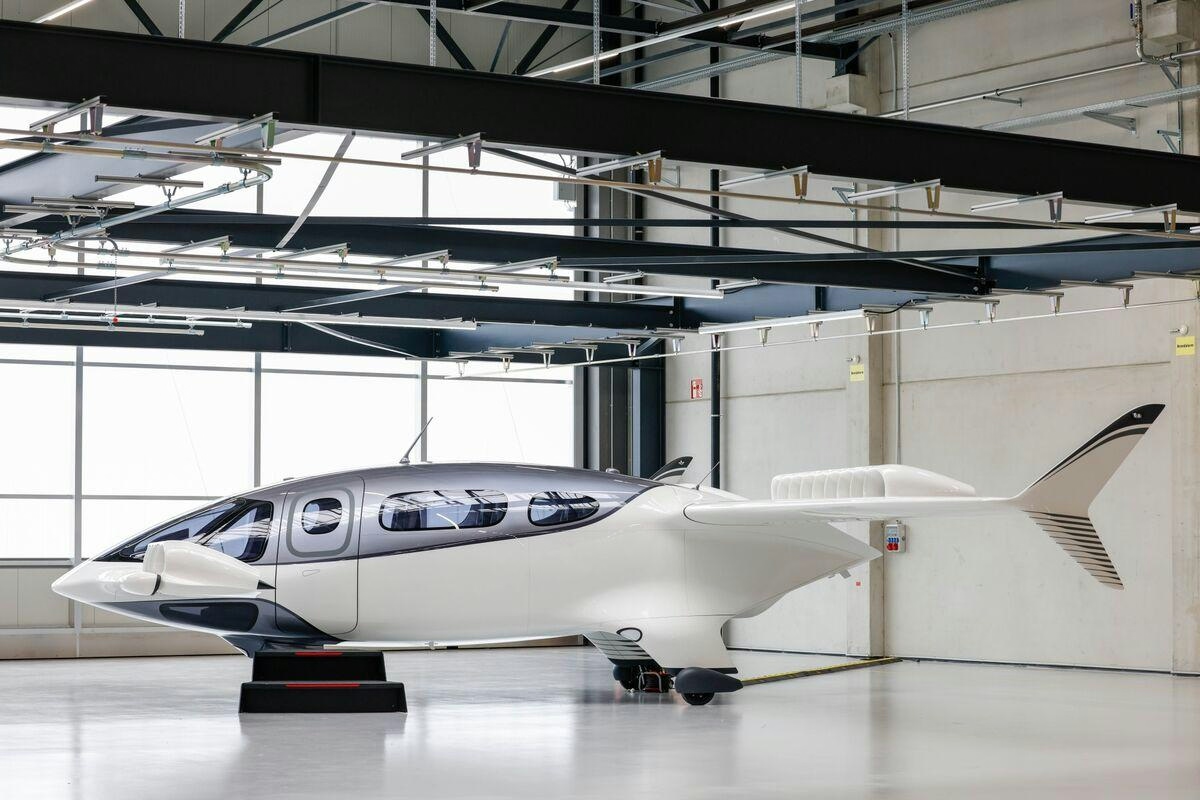
Saudi Arabia Plans Electric Air Taxis for Tourism by 2026
